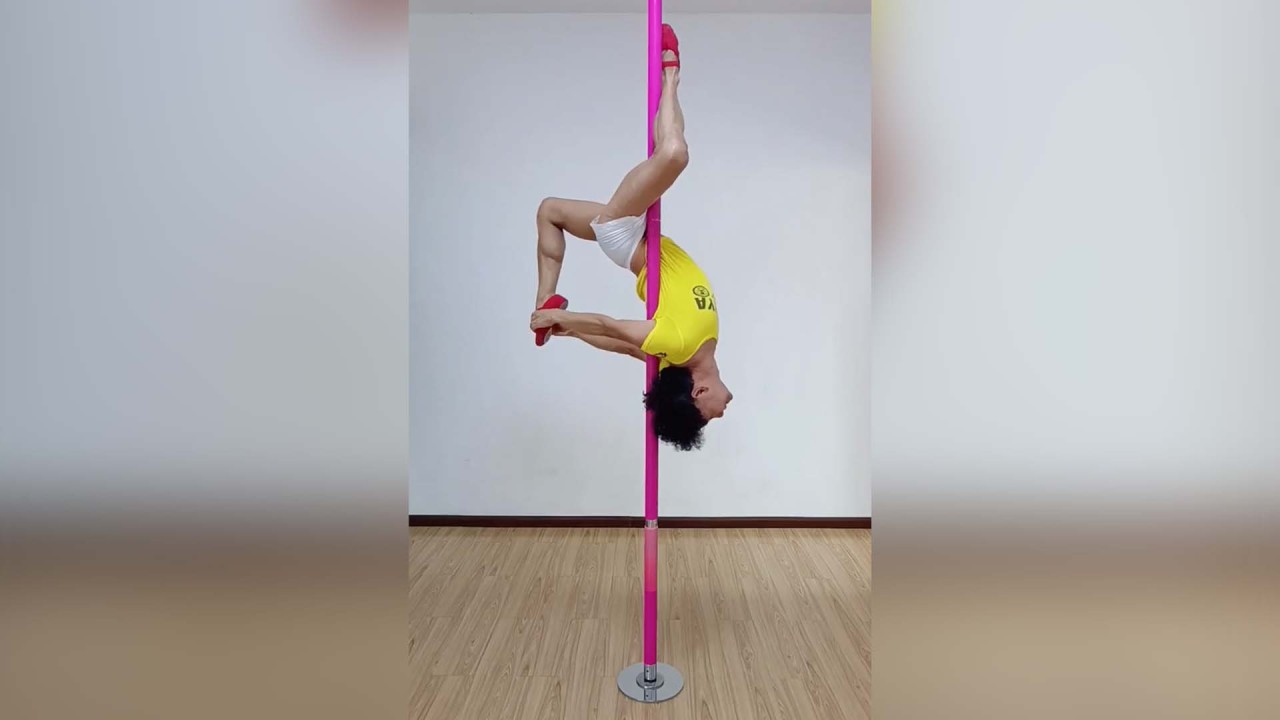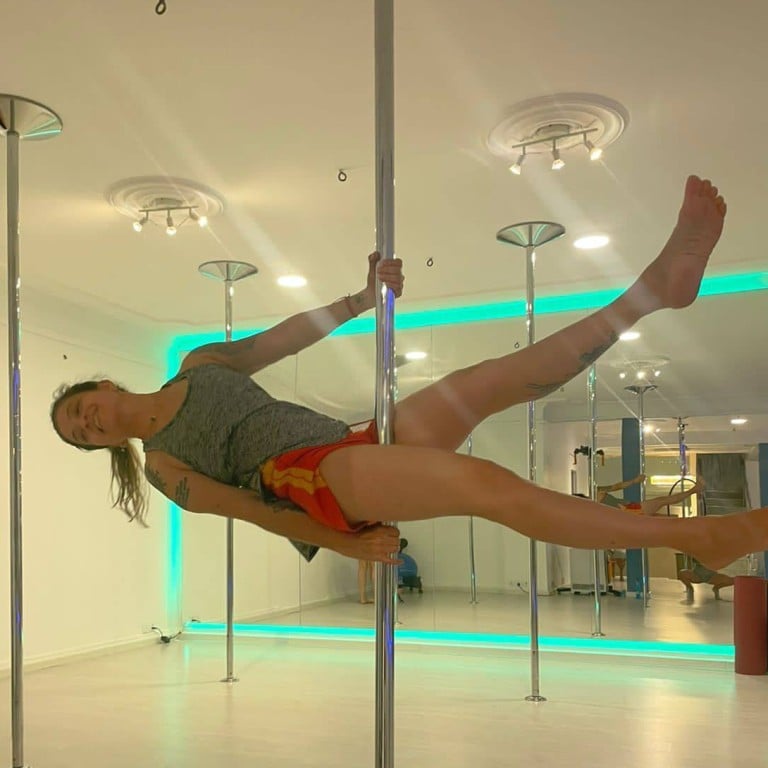
Pole dancing is a hot pandemic workout in conservative India – men and even grannies are taking it up
- With gyms closed to halt the spread of the Omicron variant of Covid-19, people of all ages in India, men included, are turning to pole dancing for fitness
- Trainers note that it engages all muscles and tones the entire body. Polers are also finding it a form of therapy to cope with the pandemic’s stress and anxiety
Pole dancing is the newest fitness trend in conservative India, with everyone from millennials to senior citizens taking to it with fervour.
Nupur Chaudhuri, 35, created a sensation on popular television reality show India’s Got Talent in January by performing a pole-dancing routine. Her mother-in-law, her “pillar of support”, accompanied her to the studio.
“If it wasn’t for her, I wouldn’t be standing here today,” the misty-eyed performer said to applause from the jury and audience.
Pole dancing workshops, both online and offline, are drawing large number across the country. Sports equipment companies are reporting a surge in pole sales – Utsav Singh, owner of KOF Dance Pole, says the Mumbai-based company’s pole sales have “skyrocketed” during the pandemic.
“With gyms closed, hundreds have turned to pole dancing for fitness. And even though poles don’t come cheap (US$500 to US$1,500), we can’t keep up with orders from studios and individual buyers,” Singh says.
Women make up the bulk of his buyers. “I recently had parents gifting a dance pole to their daughter. This means perceptions are definitely changing about it. And people are embracing it as a workout without viewing it through the prism of sexuality or gender,” he says.
‘Is it appropriate?’: horror at ‘hot’ pole dance at Chinese wedding
According to Delhi-based fitness coach Vesna Jacob, owner of pole-dancing studio Pole Rise by Vesna, the stigma attached to “poling” has existed because of people’s limited understanding of its form.
Jacob says the rise in popularity of poling in India can be attributed largely to people craving “novelty and variety” in their fitness regimes. “There’s a newness and freshness to poling. Also, Indian women are far more independent now and are keen to express themselves in an uninhibited manner. Poling offers them a perfect platform.”

Poling is an immersive experience that helps those who try it learn a new skill, boosts their fitness and makes their physical movements more graceful as they progress. The practice is increasingly being recognised as a performance art requiring great flexibility, strength and endurance.
A Canadian study by the University of Alberta suggests that pole dancing helps develop and maintain a positive body image.
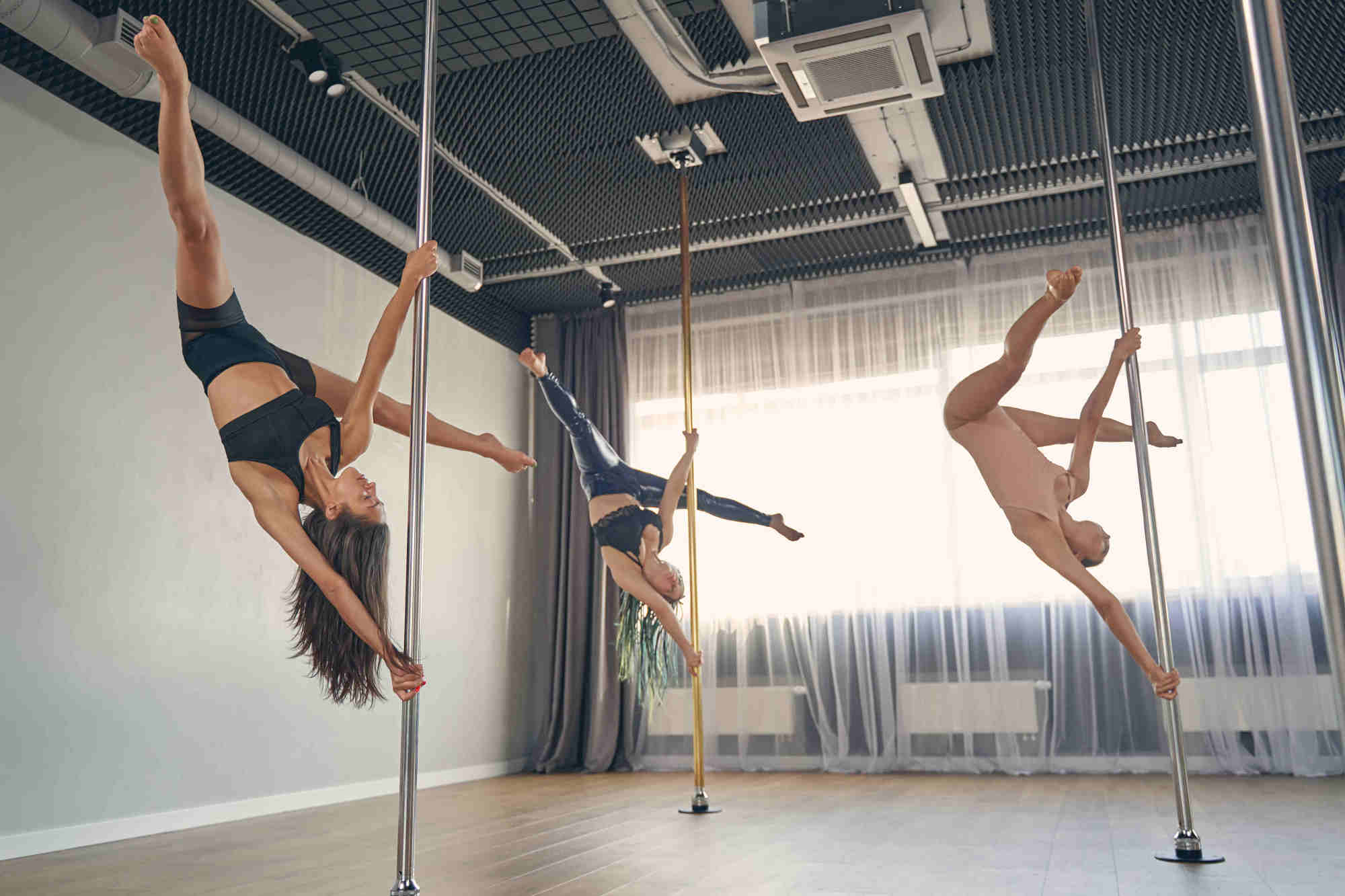
A 2019 study in the Journal of Strength and Conditioning Research confirms that an advanced-level 60-minute pole-dancing class qualifies as a “moderate-intensity cardio-respiratory exercise”. When completed for 30 minutes for five days a week, pole dancing “satisfies the recommended level of exercise for improved health and cardiorespiratory fitness”, it concluded.
Research from the University of Western Australia in 2019 suggested pole dancing was on the rise and concluded: “Pole dancing is unique, as it combines three forms of exercise – cardiovascular fitness, muscular strength and flexibility – so it’s a good choice for achieving different types of exercise in one workout.”
Jacob advises wannabe polers not to take the sport lightly. “Some people do not realise how challenging poling can be on a first attempt. Your body can ache for days. In addition, you can get bruises, shoulder/back pain and muscle soreness with a flawed technique or overtraining.”
Men are also taking to the pole. Sahil Arya, 26, has had poling lessons “just to break the gender barrier”.
“Poling has been synonymous with women, but I don’t see a gender assigned to it. I want to prove that men can be as good as women. Plus, instead of pushing boring iron in a gym, pole workouts are so much more fun,” he says.
Fitness trainer Kiddy Kaul, who turns 59 soon, says that, at her age, it feels like a blessing to be able to do the challenging pole routine. “To me, it is both dance and sport woven together into one beautiful, athletic art form. Plus, I love the group environment for the workouts. To go out of the house for the class and meet other like-minded fitness enthusiasts itself feels like therapy.”
Too old to become active? Think again, says step-dancing 62-year-old
Such has been the excitement in Kaul’s household over poling that even her grandson has joined in. “The little one simply loves to watch what his grandma is doing and then repeat the same [moves] on the pole,” laughs Kaul.
Fitness trainer Tania Sudan, 29, was so astonished with the health benefits of pole dancing that she has now started teaching it.
“My body has undergone a complete transformation after I started poling three years ago. I suffered from arthritis, cervical issues and spondylitis [inflammation of the spinal bones]. I tried various exercises but nothing worked,” she shares.
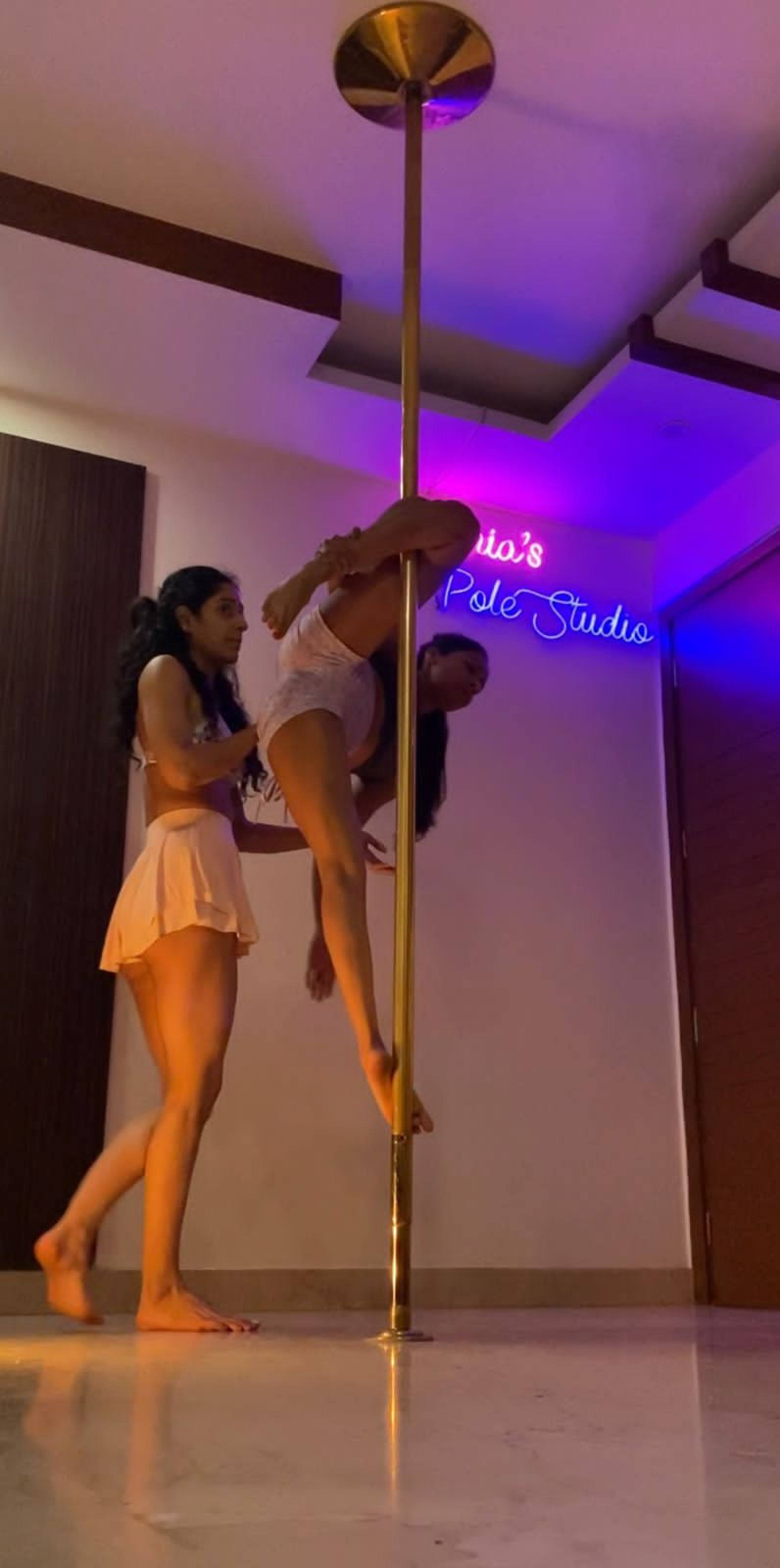
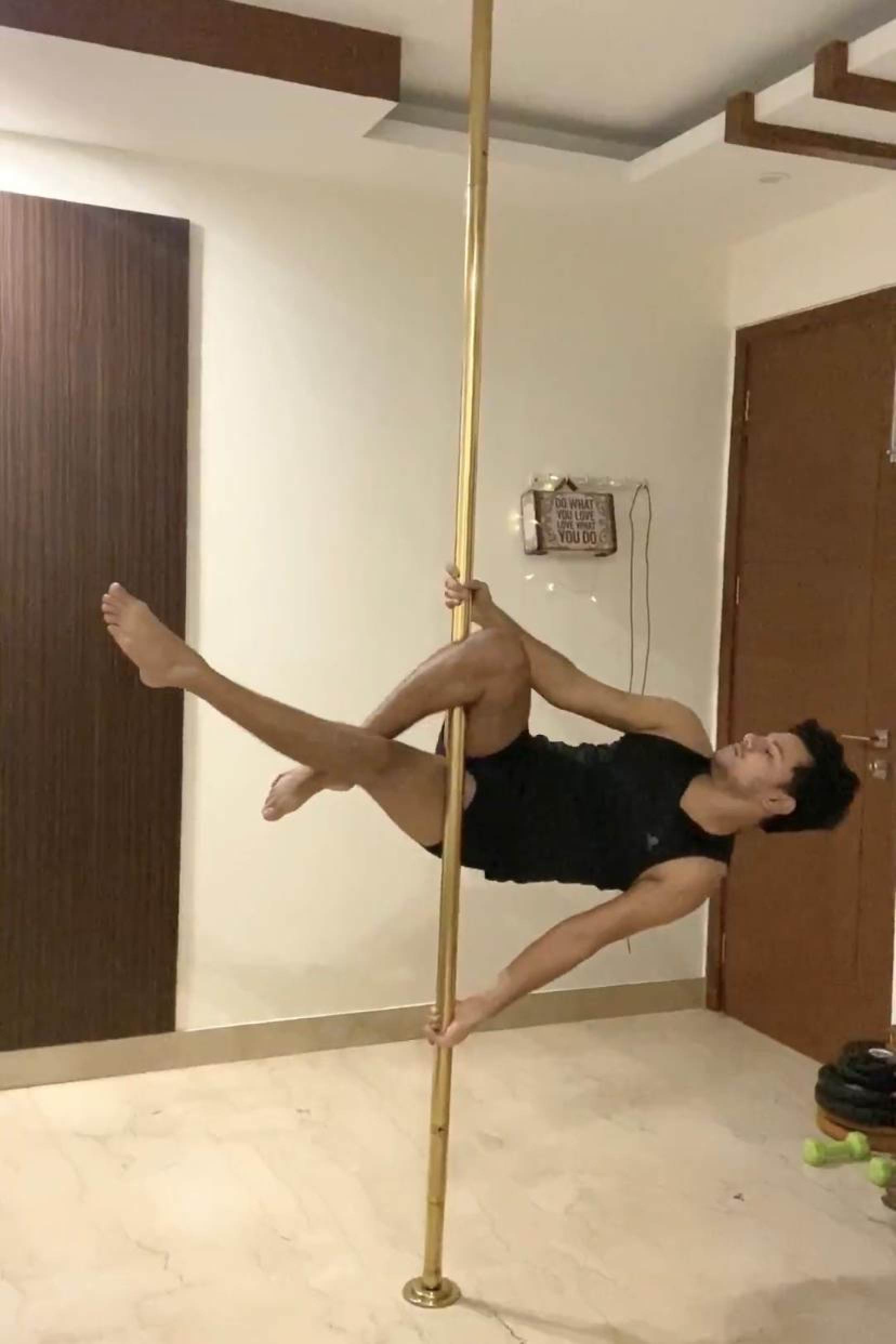
At first, the idea of working out in skimpy clothing seems intimidating to many, she says. “But most new pole dancers quickly discover they are having way too much fun to worry about what they look like!”
Change up your workouts for a mental health and well-being boost
Top tips to get the most out of home poling
1. Trainers advise that pole sessions be done under expert supervision, especially in the beginning. It’s always wise to have a “spotter” with you to minimise injury risk.
2. Don’t forget to warm up first and cool down afterwards to avoid injury or muscle soreness. Focus on your joints, especially shoulders, wrists, hips and knees. Limber up by walking/jogging. Cool down by gently stretching your limbs and breathing deeply.
3. Keep your pole room clutter-free, with no sharp objects, furniture, low hanging chandeliers – or pets.
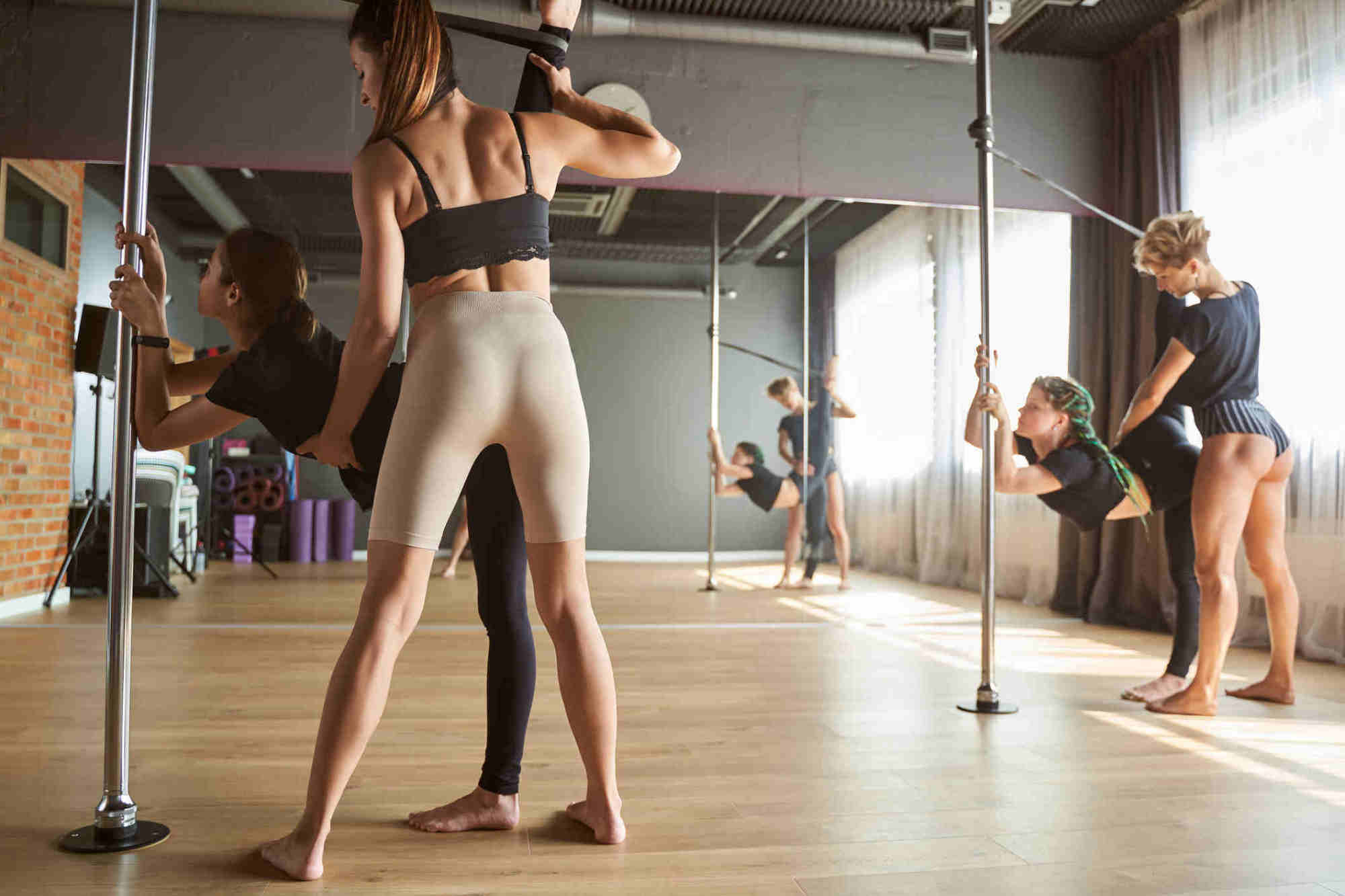
4. Installing a mirror on one wall and recording your sessions can help you better track your pole progress.
5. Invest in aids like crash mats to cushion the blow from unexpected slips. Consider using grip aid products such as antiperspirants for sweaty hands or tacky lotions that help you stick.
6. Focus on comfort rather than “fashion” when choosing workout gear, such as shorts and sleeveless vests. Feet are best left bare.


